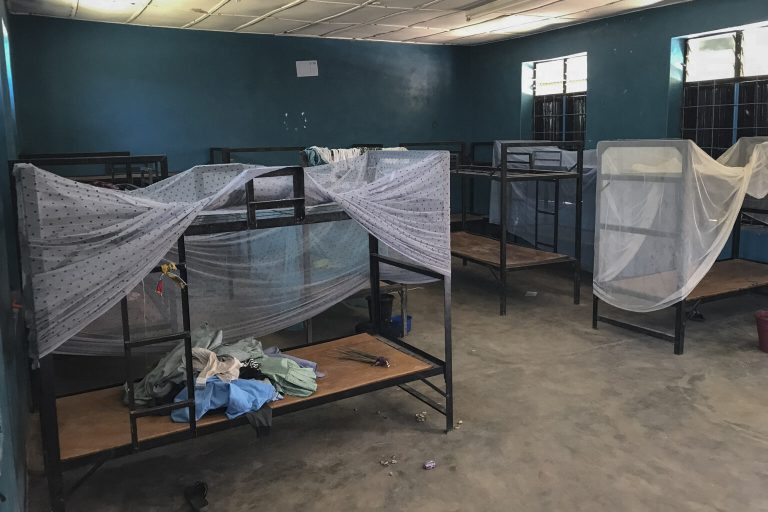
According to research, the price of one kilogramme of local rice increased by 73.2% in just a single year due to rising production, transportation, and other costs.
This occurred in spite of the Central Bank of Nigeria’s multibillion naira funding support for the country’s rice value chain, which was intended to increase output and halt the importation of foreign rice, according to The PUNCH.
The cost of rice, a staple food that is extensively consumed in Nigeria, has been rising even though it is produced nearby. Depending on the region of purchase, the commodity currently sells for between N55,000 and N60,000 for a 50kg bag.
Data from the National Bureau of Statistics’ chosen food prices watch report that was examined revealed that the average cost of 1 kg of local rise rose by 73.2 per cent from N500.80 to N867.20 between November 2022 and November 2023.
The price of 1 kilogramme of imported rice from abroad increased by 61.53 percent, from N704.13 to N1,137, during the same time period, according to the NBS.
Additionally, it was noted that local rice was sold for the highest price in Lagos State—N1,122.42—despite the 32-ton per hour Lagos Rice Mill in Imota—which produces the Eko Rice brand—and the lowest price—N688—in Kebbi State.
Remember how Governor Babajide Sanwo-Olu boasted at the inauguration and other forums that the mill would handle rice importation because it required more than 240,000 pails annually?
Commenting on the high price of local rice, the National President of the All Farmers Association of Nigeria, Kabir Ibrahim, in an interview with our correspondent yesterday, blamed the high price on inflation and its attendant heightened cost of production, adding that logistics, packaging and labour cost also contributed significantly to the rise in the price of local rice.
Kabir, however, disputed the figures projected by the NBS, arguing that it’s unrealistic and not market based.
He said, “The cost of production has always been very high due to various factors. Transportation is a factor and it became a very serious threat to pricing after the removal of the fuel subsidy. If you are buying a bowl of milled rice, the miller has to provide its own power, pay workers’ salaries and discount the cost of his machinery. He has to do packaging alongside transportation costs. so it’s definitely going to be costlier than imported rice that’s not edible in Thailand.
“Two, the farm gauge price is far different from the prices in the market and three markets stand out and should not be used as parameter for pricing. The price you get in Lagos, Abuja and Port-Harcourt, they are not good indices. There is already an apathy against imported rice because people have now realised the one with better quality and those countries selling it cheap are doing so just to get rid of it.
“However, I think a 70 per cent increase by the NBS is not realistic and too high. The bureau may be carrying out these information but I tell you the prices are bit cheaper than what is reported. If you go to real markets and ntoit artificial ones. to put things correctly, there is definitely food inflation and it is skyrocketing but if we go by these commodities, we are likely to be lying to our selves and the general public.”
“The past administration invested a lot in rice production and i think they should be applauded. We used to import rice to the tune of trillions but that has changed,” he added.
In a related development, Nigeria and other countries across the West Africa region are projected to see increased prices of staple foods such as rice, maize, millet, cereals, etc in 2024.
This is according to a report titled “West Africa Regional Supply and Market Outlook” published jointly by the Food and Agricultural Organisation, World Food Program, and others.







